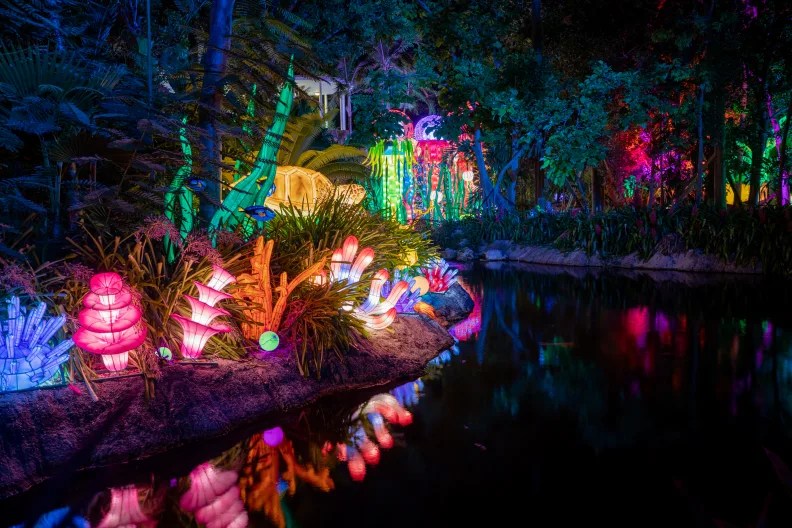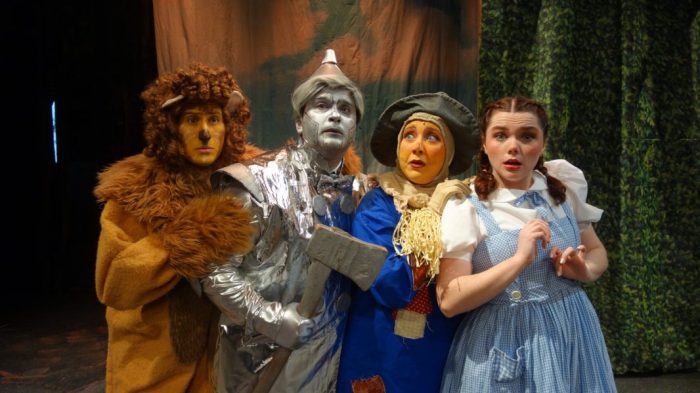Keep these questions in mind when choosing a new dance studio for your child. A good studio will foster a love of dance while educating your child and building her self-confidence.
What is the facility like?
Dance studios should have mirrors from floor to ceiling so students can see themselves as they practice. A studio should have a raised, “sprung” floor, which helps prevent injury and fatigue. A “marley” type dance floor is ideal, as it’s tough and durable, made of a very heavy duty, slip-resistant vinyl, but also flexible enough for dance and performance.
Don’t forget about convenient parking, especially if you’ll be attending classes in the winter with your little ones.
What is the atmosphere of the studio like?
A friendly atmosphere will help promote a love of dance and a place where your child can learn. For many the studio becomes a “home away from home.” Steer clear of studios that seem overly strict or rigid.
What is the philosophy or mission of the school?
The studio’s mission should be to provide classes that are both fun and educational. Many studios are fun, but the student does not learn proper technique. Then again, many studios teach correct technique but are too rigid and serious for a young child. A good studio will foster a love of dance while educating your child and building her self-confidence.
Can I watch the class?
Observation windows are a good idea, so parents can see their child’s progress. TV monitors also allow viewers to watch without distraction. Some studios have “parents weeks” or “visitors’ weeks” where you can sit in on classes.
What are class sizes like?
Small classes are important for individual attention. Students ages 3-4 should be in classes of no more than 12 students. Often teachers will have assistants to help with younger classes. Older children should be with no more than 16 other students depending on the type of class, level, and size of the room.
Do students learn technique and terminology?
Some studios do not teach correct dance terminology. But even very young students are capable of learning the names of steps, and it is imperative information if the student continues dance training.
What are the choices for types of classes and teachers?
All children do not appreciate or excel in the same dance form. A well-rounded studio will provide classics such as ballet, tap, jazz, modern, pointe, as well as trendier styles such as hip-hop, acrobatics, Latin, and lyrical. A choice of teachers will ensure that your child “clicks” with his or her instructor.
Does the schedule allow for back-to-back classes and/or siblings to take class at the same time?
With today’s busy schedules, our children run from one activity to another. If the studio has multiple dance rooms, you may be able to schedule classes back-to-back or two siblings at the same time.
Is the focus of the class strictly on the recital?
A good teacher will teach combinations, steps, and technique all year. Therefore, the students should be able to learn a routine rather quickly. If a class is working on the same dance routine from September through June, naturally the student and the teacher will get bored and frustrated. Recital dances can be learned in five to six months of classes.
Where does the studio put on its annual recital?
Some studios choose really beautiful venues, but sometimes the location is not convenient. If travel time is a factor for you, look for a studio that holds its recital in a local theater.
How long is the recital?
Recitals, although adorable, can last for hours and hours. No matter how much you love dance, it can be trying. A recital longer than 3 hours late at night may be too much for your preschooler.



















